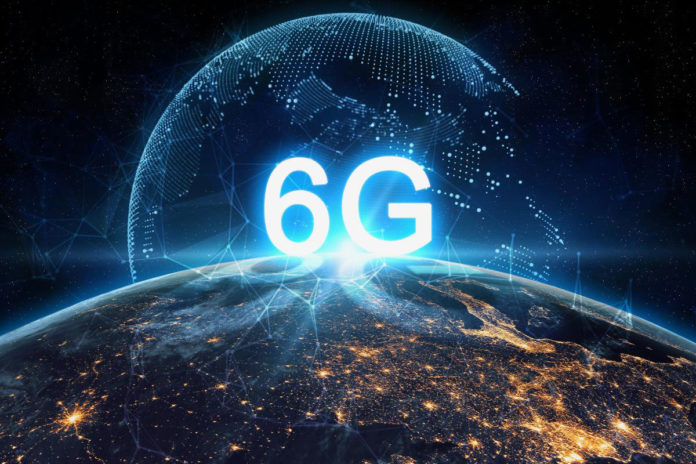In 2018, telecommunication providers began deploying fifth-generation (5G) networks to meet growing demands for data from consumer and industrial users. 5G networks are expected to enable providers to expand consumer services, support the growing number of connected devices, support new industrial uses, perform advanced data analytics, and allows the use of advanced technologies.
Now, the standardization of fifth-generation (5G) communications has been completed, and the network is expected to be commercially launched in 2020.
As the 5G is all set to launch, scientists have already started thinking about what a 6G network could look like. A new study offers an interesting perspective on the 6G development.
The perspectives are based on a series of speculations that the researchers made about the future of telecommunications.
Shuping Dang, one of the researchers who carried out the study, said, “Our speculations are summarized from our state-of-the-art research activities in recent years, related to terahertz radios, terrestrial-aerial-space integrated networking, novel modulation schemes, and artificial intelligence-aided communications. The main objectives of this perspective paper were to define the key potential features of 6G, discuss the required communication technologies and explore issues beyond communication technologies that could hamper future research and the deployment of 6G.”
In the paper, scientists also highlighted that artificial intelligence (AI) could play a particularly important role in 6G communications, bringing a significant wave of innovation in personal communications. Scientists suggested that human-centric mobile communications will still be the most critical application of 6G, and the 6G network should be human-centric.
Dang explained, “Artificial intelligence and machine learning could bring unprecedented communication services and experiences to users. However, we should always be aware of the accompanying challenge of privacy protection, as well as the risk of potentially creating a horrific world watched and controlled by a technocratic Big Brother.”
6G communications are expected to provide improved services in terms of coverage and data rates and allow users to connect everywhere. Moreover, it is expected to adopt unconventional communication networks to access several types of data and transmit them through conventional improved radio-frequency systems, allowing new communication experience with virtual existence and involvement anywhere.
While keeping the development of the 6G network in mind, scientists are also identifying some issues that could potentially hinder its development and deployment in the future.
Along with presenting all predictions, scientists devised a systematic framework that anticipates some possible application scenarios for 6G, dividing them into categories.
Although the predictions mainly depend on speculation, they could become useful when 6G network development becomes a tangible reality.
Dang said, “We now plan to explore ways to enhance security, secrecy, and privacy for 6G communications. We are currently studying a decentralized, high-performance network architecture enabled by terahertz spectra and federated learning techniques.”
The study is published in Nature Electronics.
